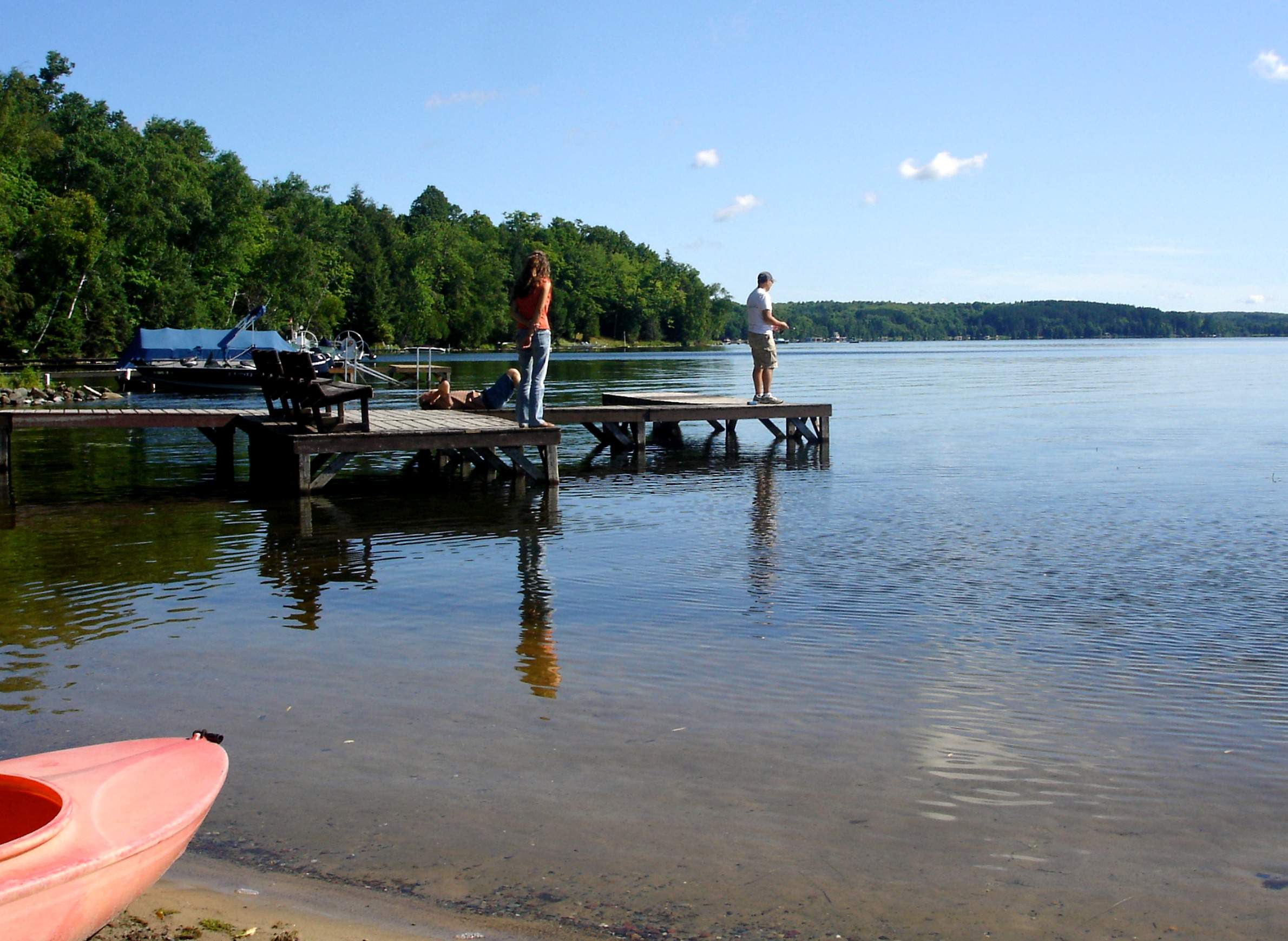
Tourism is integral to Phelps, but residents say the town needs more and different economic opportunities.

Tourism is integral to Phelps, but residents say the town needs more and different economic opportunities.
Spanning the border between Wisconsin and the Upper Peninsula of Michigan is a smallish lake, located right where the state line hooks south. Named Lac Vieux Desert, it's the headwaters of the Wisconsin River, which flows more than 400 miles before feeding into the Mississippi. On the lake's southern shore is the town of Phelps, a rural community that encompasses a sizeable portion of eastern Vilas County and includes a healthy northwestern slice of the Nicolet National Forest.
Phelps is geographically big, encompassing more than 90 square miles of land — an area just slightly smaller than Milwaukee. But Phelps is small in terms of population, with 1,200 people counted in the 2010 census. Many of its residents live in homes and cabins clustered around several lakes, including Lac Vieux Desert, Long Lake, Big Sand Lake and much of North Twin Lake. The community is situated near the edge of Wisconsin's waters-and-woods tourism region centered in Oneida and Vilas counties, with resorts, lodges and seasonal residences buzzing in the summer and sometimes during the hunting and snowy seasons.
At the east end of North Twin Lake is cluster of development that includes a post office, fire station and town hall, a couple of churches, the Phelps pre-K-12 school, the Phelps Historical Museum, a handful of private homes and several commercial buildings. Residents refer to this unincorporated community as downtown Phelps. There has been longstanding concern in the area that it is in decline, particularly with regards to retail and other business opportunities, and the shopping and jobs that come with them. As is the case across much of rural Wisconsin, particularly in its north, the town of Phelps is aging, and many residents are worried that the community peaked long ago.
Christopher Stark is a community resource development educator for the University of Wisconsin-Extension Vilas County. At the request of town and county leaders, he convened a campaign to explore what could be done to revitalize downtown Phelps. In the course of his work, Stark interviewed a group of town residents, investigating their perceptions about the community and desires for change.
On January 6, 2015, at a meeting of the Vilas Vision Leadership Program, Stark presented his research in a talk recorded for Wisconsin Public Television's University Place. He shared insights into the history of Phelps since its founding more than a century ago, detailed the town's demographic and economic swings, and noted its potential to develop culinary tourism opportunities and cater to tourists seeking out trails for bicycles, ATVs and snowmobiles.
The town of Phelps is currently considering multiple economic development avenues, and is among several northern Wisconsin communities seeking to host a relocated headquaters for the Department of Natural Resources state forestry headquarters.
Key facts
Key quotes